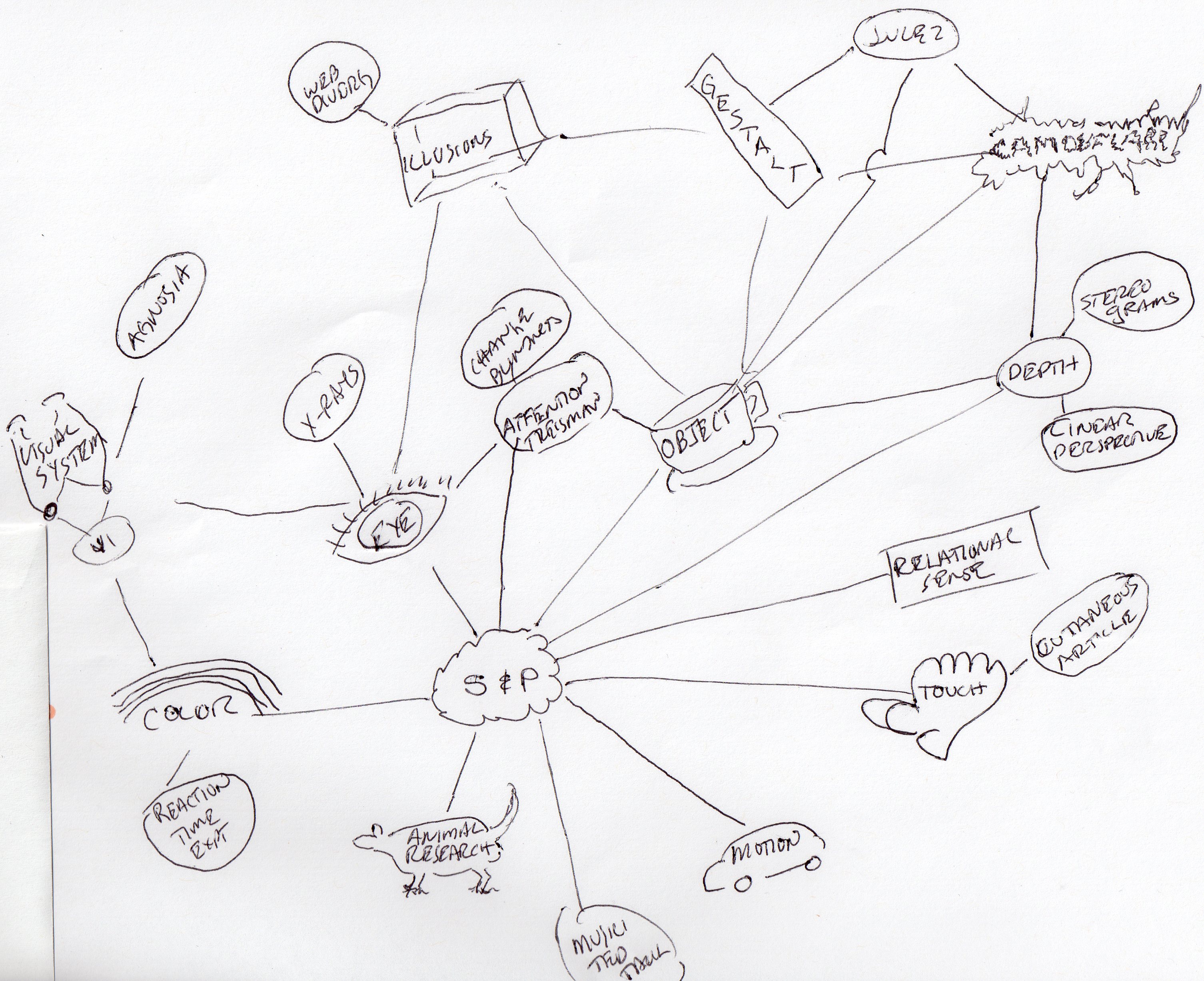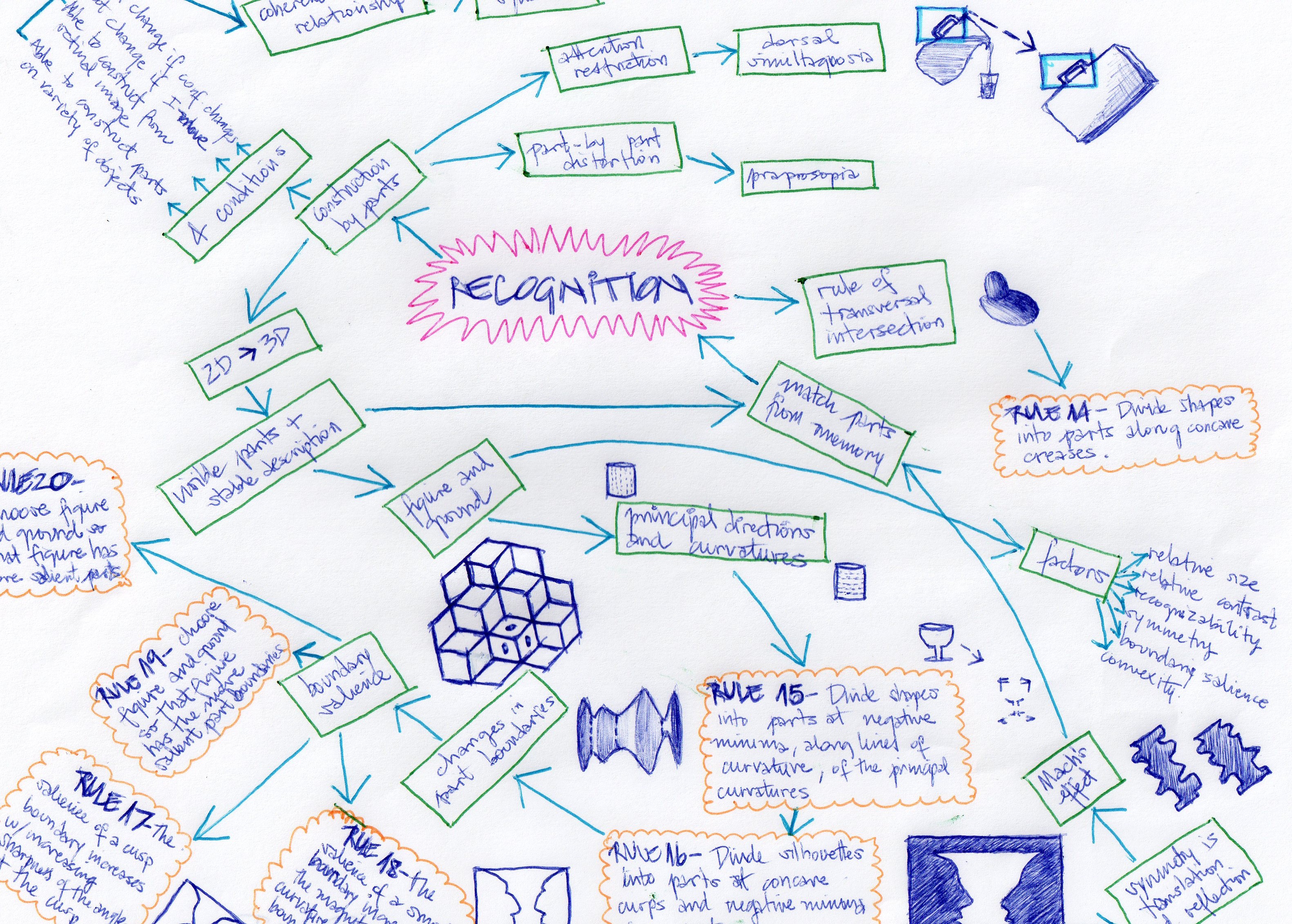Yes. I am one of *those* people. I can't read anything without editing it. I know the difference between "effect" and "affect" and it makes me crazy to see grammatical or spelling errors in print or on signage. See below, a sign in the Dublin Zoo in Ireland.
Language can be artful, and I get a certain peace when I read writing that flows and is technically correct. I so appreciate writing that elevates even above that into something truly creative. Knowing the parts of speech and the 'rules of the road' make writing easier. Knowing and fixing the mechanics of a piece of writing allows the ideas to shine through.
If you understand parts of speech, you can find a distinct pleasure in diagramming a sentence. Here are a couple of great websites on this "old school" skill:
http://grammar.ccc.commnet.edu/grammar/diagrams/diagrams.htm
http://www.lifestreamcenter.net/DrB/Lessons/TS/diagram.htm
And here is a quite beautiful diagram:

That said, I know from experience that writing skills can be taught. I was in my mid-20's before I stopped using "that" when I should have been using "who." It was only through the brute force of probably dozens and dozens of corrections by a mentor that I broke that habit. And just because I know grammar and spelling, doesn't mean I always practice what I preach. Point in fact, it is taking everything I have (and many backspaces) to write in upper and lower case letters in this post, with periods and commas. I much prefer all lower case and lots of dot dot dots....
Here are a few common errors I see in writing from people who have a lot to say, but are still learning how to write it.
Who vs. That
Who refers to people, that refers to objects
"The woman that dropped her purse" should be "The woman who dropped her purse."
Affect vs. Effect
Affect (emphasis on the A) has to do with emotional expression and is a noun, affect (emphasis on ffect) is a verb, and effect is a noun.
Their They're There
Their is possessive ("Their house"), they're is a contraction ("They're going to church") and there is location ("over there")
And here is a blog where all things grammar reign: http://www.grammarphobia.com/
And some thoughts on the Common Core




